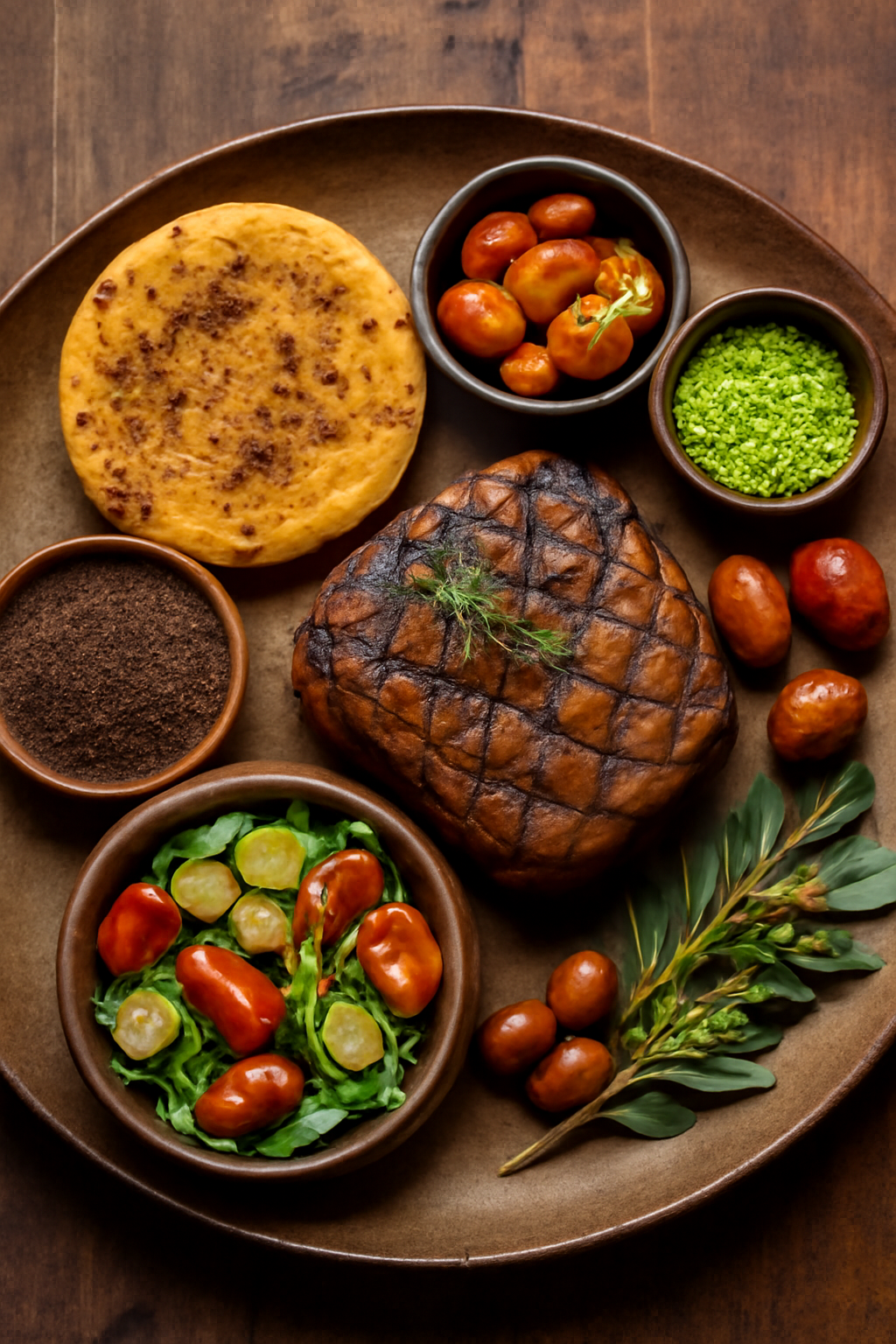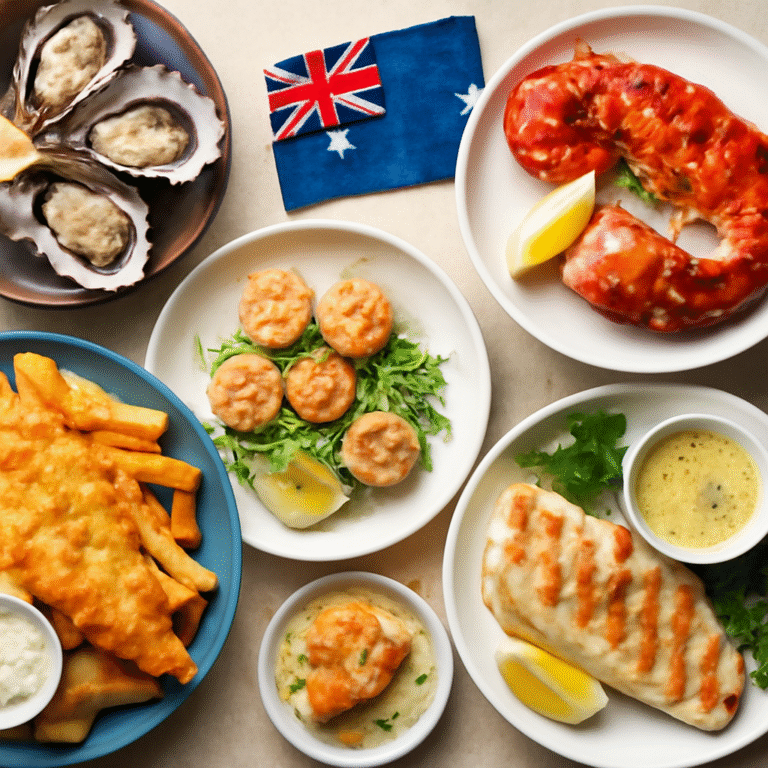Indigenous Australian cuisine, also known as bush food or bush tucker, has significantly shaped the modern culinary landscape of Australia. For thousands of years, Aboriginal and Torres Strait Islander people have relied on the rich and diverse array of native ingredients available across the Australian continent. These foods are not only vital to their traditional way of life but have also found a place in contemporary Australian kitchens, helping to redefine the country’s food culture.
Traditional Aboriginal foods were primarily sourced from the natural environment, utilizing a wide range of plants, animals, and insects. Key ingredients include kangaroo, emu, bush tomatoes, wattleseed, finger limes, and bush berries like Kakadu plum. These ingredients have a distinct flavor profile that is quite different from the typical European-influenced food that is prevalent in much of modern Australia.
In recent years, there has been a growing movement to incorporate these indigenous ingredients into the modern Australian culinary scene. Celebrity chefs like Maggie Beer and Paul West have popularized bush food, introducing it to a wider audience and showing how these ingredients can be used in both traditional and contemporary dishes. Indigenous flavors are now being integrated into everything from fine dining restaurants to casual eateries, and even food festivals, where native ingredients are showcased and celebrated.
For example, wattleseed, which has a nutty, coffee-like flavor, is being used in desserts, sauces, and even bread. Similarly, Kakadu plum, known for its tartness and high vitamin C content, is being incorporated into jams, sauces, and beverages. These indigenous ingredients are not only adding unique flavors but are also more sustainable due to their ability to grow in the harsh Australian climate.
The use of indigenous ingredients also aligns with the broader trend of sustainable and ethical food sourcing. Many native plants and animals have been harvested in a way that respects traditional Aboriginal knowledge of land management. This knowledge has been passed down through generations and emphasizes the importance of harvesting sustainably to maintain ecological balance. As a result, the incorporation of indigenous foods into modern cooking is seen as a way to honor the land and its original custodians.
The popularity of indigenous ingredients is also helping to raise awareness about the cultural significance of these foods. Aboriginal people have long been the custodians of the land and its natural resources, and their deep connection to these foods is embedded in their cultural practices and stories. By embracing these foods in modern Australian cuisine, chefs and food enthusiasts are acknowledging and celebrating the rich history of Aboriginal cultures.
Incorporating indigenous ingredients into modern Australian dishes not only enhances the flavor but also contributes to a deeper understanding of Australia’s diverse culinary heritage. It bridges the gap between traditional and modern cooking methods, offering a unique culinary experience that is rooted in the history of the land.
As the trend of using indigenous Australian ingredients continues to grow, it highlights a greater appreciation for the country’s native foods and cultures. What was once considered a niche interest is now gaining mainstream attention, with many food lovers eager to explore the flavors that have been a part of Australia’s culinary traditions for millennia.








